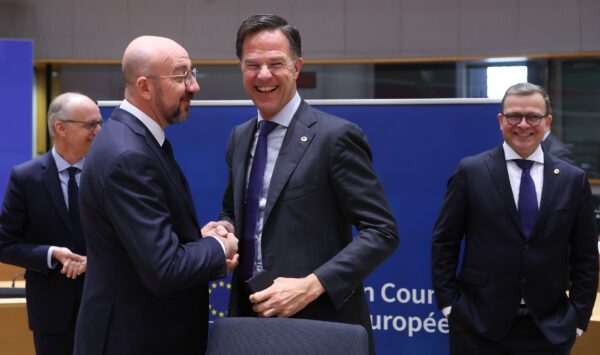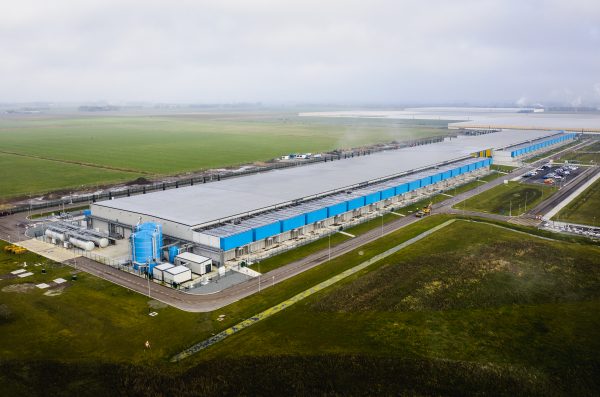- US equities looked set to mark a weekly loss as investors digested new hawkish Federal Reserve signals.
- St. Louis Fed President James Bullard said the Fed needs to raise rates by another 3 percentage points this year.
- Shanghai's COVID-19 infections weighed on Asian indices, but an easing in oil prices propped up markets.
US stock futures rose Friday as investors weighed further comments by Federal Reserve officials about their plan to tighten policy, but the benchmark US indices look set to close the week lower.
Futures on the Dow Jones were up 0.3%, while those on the S&P 500 were 0.2% higher as of 5:50 a.m. ET. Those on the tech-heavy Nasdaq gained 0.3%, suggesting a higher start to trading later in the day.
The benchmark S&P 500 is down 0.6% so far this week, and the Nasdaq is down 2.2%, as they get ready to close out a turbulent run of days.
Markets are tackling pressures from the Fed's plan to control rising inflation, Russia's unabated war in Ukraine, and coronavirus-related lockdowns in China.
St. Louis Fed President James Bullard said Thursday the central bank is "behind the curve" in fighting inflation, and needs to raise interest rates by another 3 percentage points by the end of this year. That implies a half-point increase at each of the Fed's six remaining meetings in 2022.
US stocks reversed losses after his comments, pausing a sell-off that had run for two sessions.
"The fact that equities recovered intraday losses suggests that the 225 basis points of Fed Funds hikes futures markets have now priced in could be enough for now," said Jeffrey Halley, a senior market analyst at OANDA.
"I believe the real stress point will be the Federal Reserve's quantitative tightening, slated for a May start, and the appetite from the market to absorb the sales."
Non-voters Chicago Fed President Charles Evans and his counterpart in Atlanta, Raphael Bostic, struck more dovish tones in their comments Thursday, by saying they favor raising rates to neutral in a measured manner.
The bond curve remained steep after the Fed talk. The benchmark 10-year Treasury yield is up 25 basis points this week at 2.677%.
European Central Bank policymakers weren't as hawkish as the Fed in their March meeting, according to minutes released Thursday. Members have agreed to a "balanced compromise" to scale back bond purchases quickly to a conclusion in the summer, and to hold off on a decision to raise interest rates.
London's FTSE 100 gained 0.9%. The pan-European Euro Stoxx 600 rose 1%, and Frankfurt's DAX moved 1.2% higher.
Oil prices rose, but were set to end the week lower, after member nations of the International Energy Agency said they would release 60 million barrels combined over the next six months. The deployment, which comes on top of the US' release, somewhat eased concerns about a Russian supply hit from sanctions.
Brent crude futures were up 1% at $101.57 a barrel, while West Texas Intermediate added 1.2% to reach $97.22 a barrel.
In Asia, Shanghai's record COVID-19 infections are weighing on markets, after the city recorded more than 20,000 new cases within 24 hours.
The Shanghai Composite closed 0.5% higher. Tokyo's Nikkei rose 0.4%, while Hong Kong's Hang Seng was up 0.3%.
"A serious spread outside of its finance and commercial to other large cities will be a big headwind for China's growth, China stocks, and by default eventually, much of Asia," Halley said.










